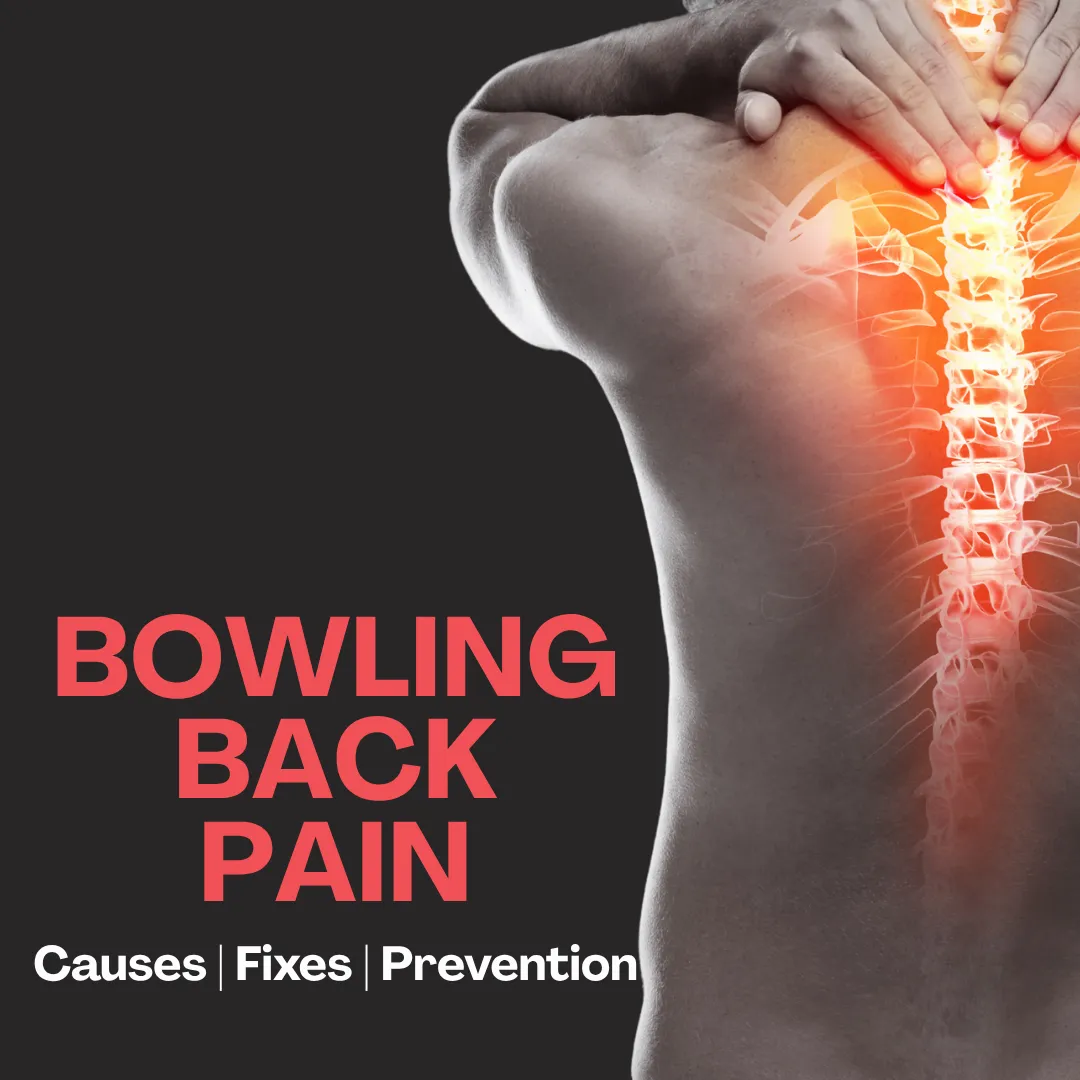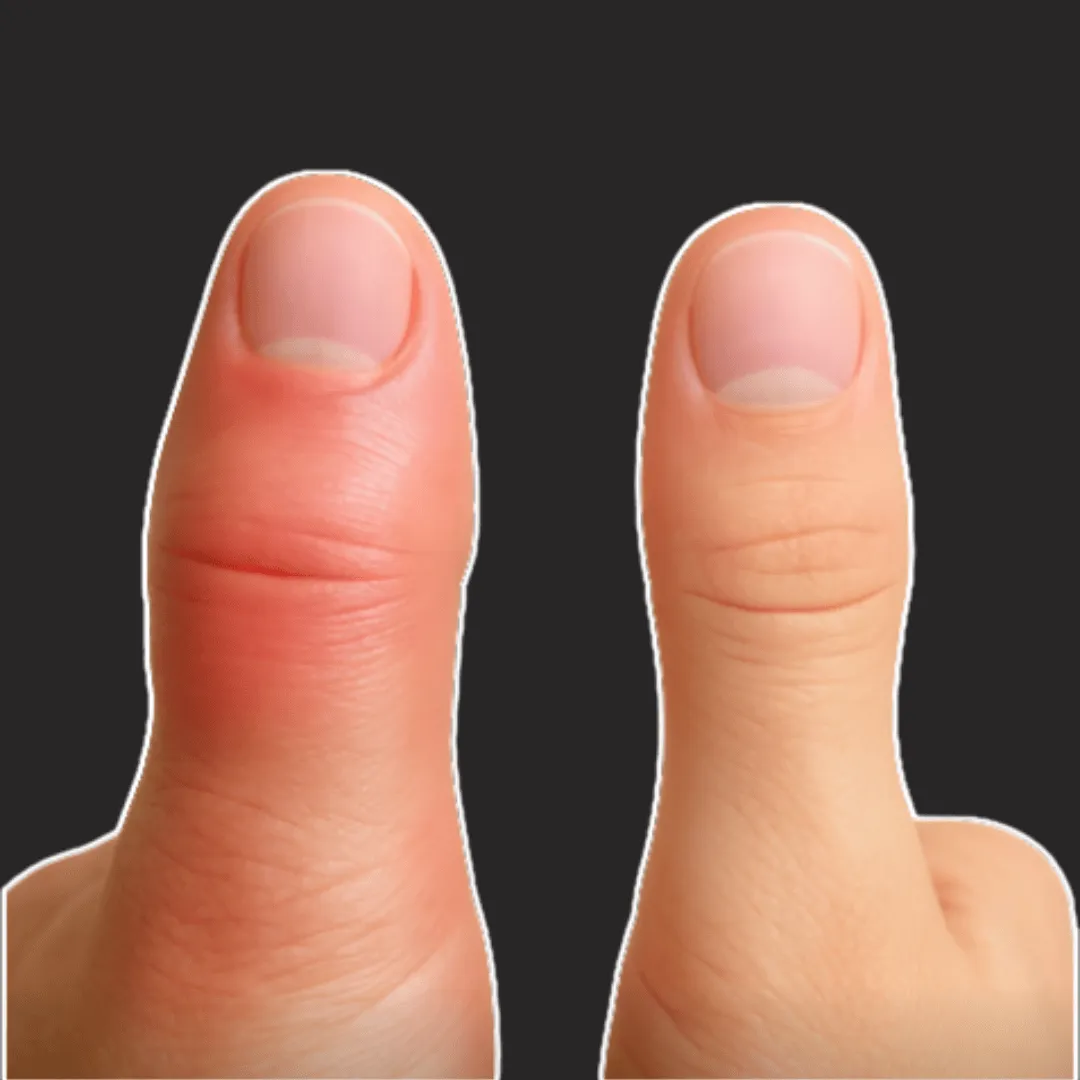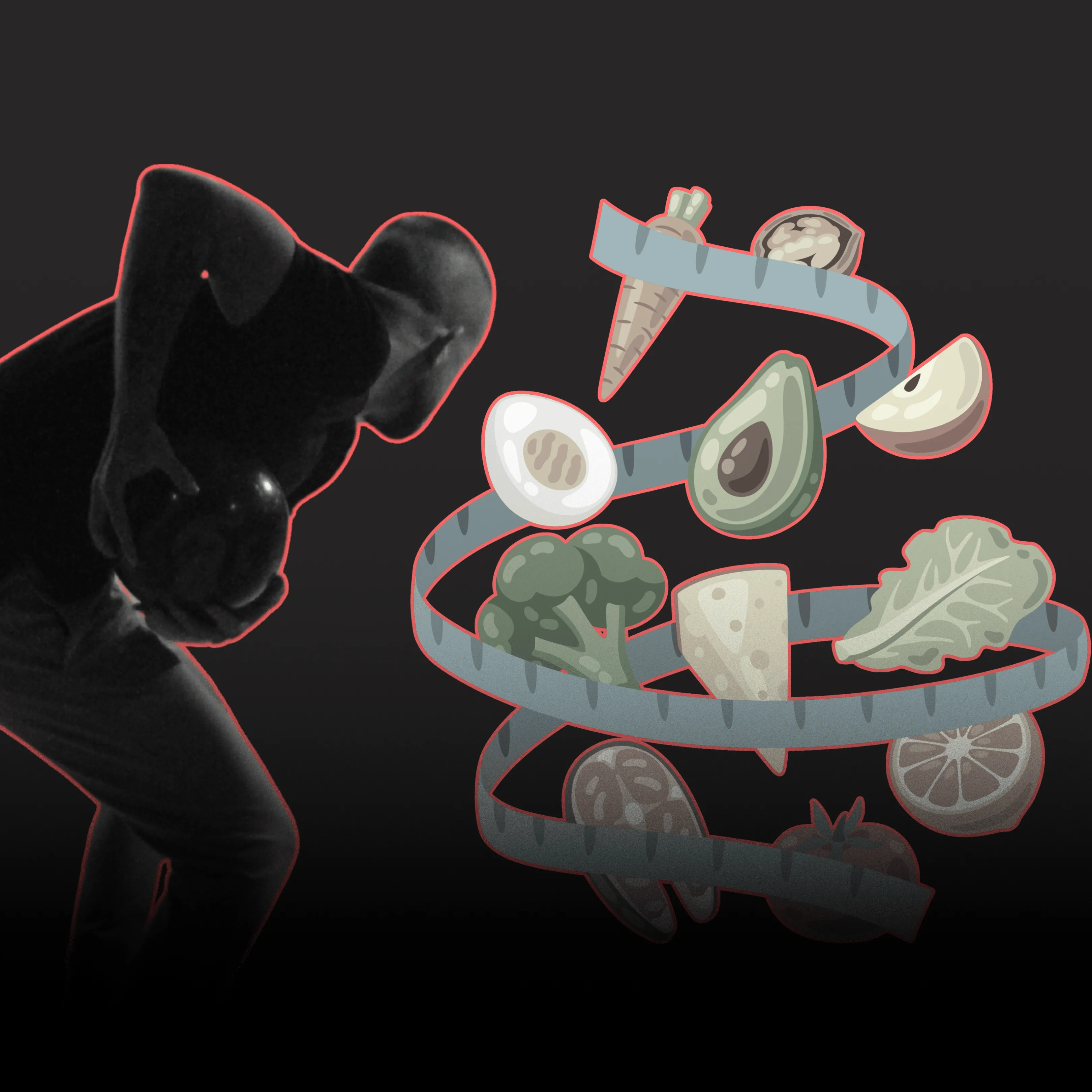Knee injuries are the most common type of injury in bowling. That’s why many bowlers - no matter their age - wear a knee brace or kinesiology tape to reduce pain and protect their joints.
But where does bowling knee pain come from? Why is it so common? And why do so many bowlers eventually need surgery?
In this article, we’ll break down what causes bowling knee pain, how bowling affects the knees, the most common injuries to watch for, and most importantly - how to prevent knee pain so you can keep bowling without pain. Please note that some links in this article may be affiliate links.
Why Does Bowling Knee Pain Occur?
Bowling knee pain happens because of the stress bowling puts on your body. Each shot includes a fast approach, a strong slide, and a sudden stop - all while holding a 7-kilogram ball on a bent front knee.
This movement puts heavy pressure on your knee joint.
And that’s in a perfect shot. Add poor form, timing issues, or fatigue, and the strain gets worse. Plus, bowling is a repetitive sport. That means the stress builds over time, often leading to pain.
Key Causes of Bowling-Related Knee Pain
There are many possible reasons for bowling knee pain, including past injuries or extra body weight. But some causes are much more common than others.
Bad slide
The sliding knee takes a lot of force at the foul line. A poor slide can make that force even worse. Too much slide may cause posterior knee pain, since bowlers may lunge and lean back during release. Too little slide is even riskier. Sudden stops with high impact can lead to serious injuries, such as an ACL (anterior cruciate ligament) tear.
Overuse
Training and competition are important, but too much can cause trouble. When knee muscles, tendons, and ligaments get overused, inflammation builds up. This leads to swelling, pain, and missed weeks of bowling.
Speed
A fast approach can hurt your knee. If your body has to stop suddenly at the line, the knee absorbs too much force. Bowling knee pain often results when speed and a poor slide combine. Slow down, and aim for control, not power.
Bad release position
Poor balance or aggressive moves like twisting, turning, or rotating your leg can add stress. Over time, this pressure builds and causes pain in the knee.
Common Bowling Knee Injuries
Pain is basically a signal from your body that something is not right. You must pay great attention here, as bowling knee pain can be caused by something far more serious. Here are the most common injuries and diseases that cause bowling knee pain.
Patellofemoral Pain Syndrome (a.k.a. Runner's Knee)
This is a broad term for several knee issues caused by repeated activity. It creates a dull, stinging pain on the inner side of the knee. The pain gets worse when walking, climbing stairs, running, or standing up and sitting down.
Runner’s knee is often caused by overuse and frequent bending. Over time, the joint wears down, muscles overstretch, and the knee becomes weak. Pain often goes away with rest, but usually comes back when you resume activity.
Patellar Tendinitis
This condition occurs due to constant overloading of the patellar ligament, causing micro-tears of the ligament and inflammation. After the onset of patellar ligament tendinitis, local pain and swelling at the top of the patella occur. Local swelling and a burning sensation may come about, especially when kneeling and standing up from a squat position.
Meniscal Tear
It is a plate of fibrocartilage in the knee joint between the tibia and femur bones. It absorbs shock, helps transfer load, and increases overall stability in the knee joint. Meniscal tears can be degenerative or acute, but degenerative ones are more common in bowling. These usually result from overactivity, weak or tight muscles, and poor pre-bowling exercise routines. There’s no quick fix for degenerative tears due to low blood flow in the area. That makes healing slow and gradual, often taking up to six months without bowling.
Knee Ligament Tear
This is another major injury that can happen while bowling. Despite the fact that there are four main ligaments in the knee. ACL (Anterior cruciate ligament) and PCL (Posterior cruciate ligament) - are injured for the most part. ACL is located in the front of the knee and is responsible for resisting abnormal forward movement of the tibia. Due to the biomechanics of bowling sport and sudden stops at the foul line, ACL receives the lion’s share of all ligament injuries. PCL is located in the back of the knee, and does the opposite, preventing the tibia from sliding backwards. PCL tear can happen when the bowler's slide is too long, making the athlete lean back to keep his weight centered.
How to Prevent Bowling Knee Pain and Injuries
As you've seen, bowling knee pain is often caused by a mix of stress, form issues, and overuse — not just one injury. That’s why prevention matters. Small changes in gear, habits, and technique can keep your knees healthy and pain-free.
Here are our top tips for avoiding bowling knee pain.
Get your bowling shoes with a good fit
Many bowlers invest in new bowling balls before they upgrade their shoes - but that’s backward. Bowling shoes help with balance, control, and injury prevention. Look for shoes with interchangeable soles and heels so you can match your slide to your game. We've picked some of the best bowling shoes on the market to elevate your game.
Get rid of a bowling sock
Bowling socks can make you slide more than you should. They mimic aggressive slide pads but don’t offer control. Every bowler needs a custom slide, matched to their form and speed. A proper sole and heel combo does the job better - and safer - than a sock.
Maintain your bowling shoes
While not in use, shoes must be covered with shoe covers. This rule also applies when walking off the lane, during warm-up, etc. Just don't forget to take it off before the throw. During the game, the slide pad covers with dust or lane oil residues, so after each throw, it is worth refreshing it with a bowling shoe brush - this way, the slide pad will last much longer. We've made some other high value tips to maintain your shoes in another article.
Warm-up and stretch before and after bowling
Warm-ups raise your body temperature and get muscles ready to move. Stretching improves flexibility and protects your knees from injury. Always warm up first, then stretch. This reduces tendon strain and helps prevent bowling knee pain.
Maintain your body weight
Extra body weight adds more pressure to your knees. Many bowlers are now realizing the role of good nutrition and fitness. A healthy weight reduces injury risk and helps you bowl pain-free for years to come. We've made some helpful nutrition tips for you too.
Use knee brace or sleeve
If you're playing long sessions, extra support can help. A quality knee brace or compression sleeve can reduce swelling, ease pain, and even prevent injury. Modvel Elite Knee Brace provides optimal support and is used by professionals during and after exercise. Plus, it comes woth different colors and sizes to fit all.

FAQ
Why do bowlers often experience knee pain?
Bowlers often experience bowling knee pain because the sport puts a lot of stress on the knees. Fast footwork, a heavy ball, and sudden stops create high pressure on the joints. This pressure gets worse with poor form, fatigue, or overuse.
What are common knee injuries in bowling and their impact?
The most common injuries linked to bowling knee pain include Runner’s Knee, Patellar Tendinitis, Meniscal Tears, and Ligament Tears. These injuries often come from overuse, poor slide mechanics, or lack of stretching. They can cause pain, swelling, and even require long breaks from the sport — or surgery in severe cases.
How do you fix bowling knee pain or injuries?
To manage bowling knee pain, rest and ice are great for short-term relief. In the long run, it helps to stretch, strengthen key muscles, and improve your form. Prevention is key — wear proper shoes, avoid using slide socks, warm up properly, and keep a healthy body weight.
What causes inner knee pain in bowlers?
If the pain is on the inside of your knee and gets worse when walking, running, or climbing stairs, you may have Patellofemoral Pain Syndrome (Runner’s Knee). It’s a common cause of bowling knee pain, especially if you bowl often or bend your knees a lot. This type of pain often fades with rest but can return once activity resumes.
What is the best treatment for knee pain?
The best treatment depends on the cause of the pain. Many bowlers manage bowling knee pain with a mix of rest, physical therapy, supportive gear, and weight control. More serious injuries may require medical treatment or surgery. Always consult a healthcare professional for guidance based on your condition.





